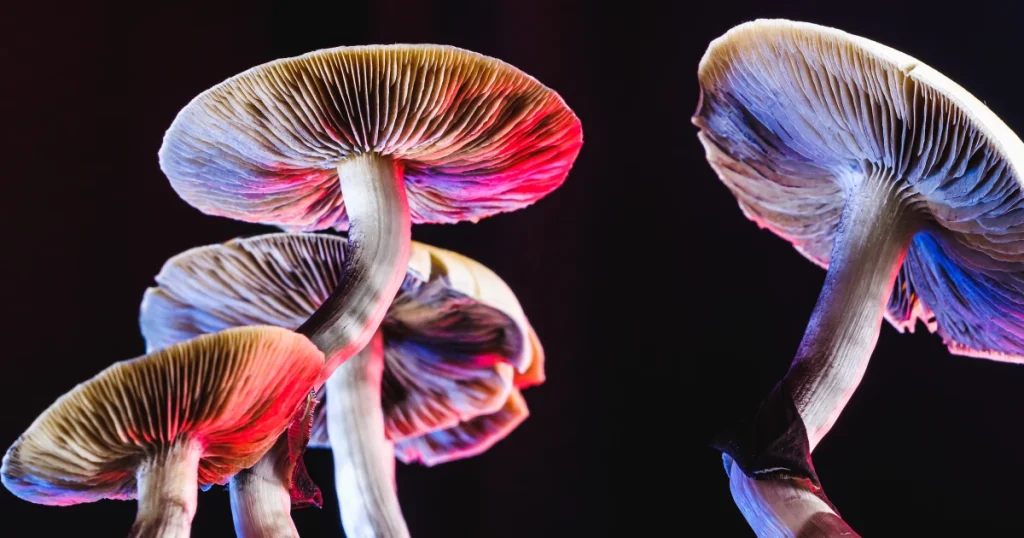Harnessing Healing: The Benefits and Significance of Psilocybin Spores

Psilocybin, a naturally occurring compound found in certain species of mushrooms, has garnered increasing attention in recent years for its potential therapeutic benefits. However, while much focus has been placed on the psychoactive properties of the mushrooms themselves, the spores they produce have remained relatively overlooked. In this article, we’ll explore the benefits and significance of psilocybin spores, shedding light on their role in harnessing healing and promoting well-being.
Understanding Psilocybin Spores
Psilocybin spores are the reproductive cells produced by mushrooms belonging to the genus Psilocybe, which includes species known for their psychoactive properties. These microscopic spores are released from the gills or pores of mature mushrooms and serve as a means of reproduction and dispersal. While psilocybin is most commonly associated with the fruiting bodies of mushrooms, such as the caps and stems, the spores also contain trace amounts of this psychoactive compound.
Therapeutic Potential of Psilocybin Spores
Research into the therapeutic potential of psilocybin has primarily focused on its effects when ingested in larger quantities as part of a psychedelic experience. However, emerging evidence suggests that even trace amounts of psilocybin present in spores could have therapeutic benefits. These benefits may include mood enhancement, stress reduction, and increased feelings of well-being.
Furthermore, psilocybin has been studied for its potential to alleviate symptoms of various mental health conditions, including depression, anxiety, and PTSD. While the mechanisms underlying its therapeutic effects are still being elucidated, psilocybin is believed to modulate serotonin receptors in the brain, leading to changes in mood, perception, and cognition.
Ecological Significance of Psilocybin Spores
In addition to their therapeutic potential, psilocybin spores play a crucial role in the ecology of mushrooms and their ecosystems. As primary agents of fungal reproduction, spores contribute to the dispersal and colonization of fungi in various habitats. They facilitate the decomposition of organic matter, nutrient cycling, and soil enrichment, thereby sustaining ecosystem health and biodiversity.
Furthermore, psilocybin-producing mushrooms form symbiotic relationships with plants through mycorrhizal associations, enhancing nutrient uptake and promoting plant growth. These symbiotic interactions are essential for the health and vitality of many plant species, particularly in nutrient-poor soils or under environmental stress conditions.
Harnessing Healing with Psilocybin Spores
While much of the focus on psilocybin therapy has centered around the mushrooms themselves, there is growing interest in harnessing the healing potential of psilocybin spores. Researchers are exploring innovative ways to extract and concentrate psilocybin from spores to create standardized, pharmaceutical-grade products for therapeutic use.
Additionally, there is potential for using psilocybin spores in novel therapeutic modalities, such as microdosing regimens. Microdosing involves consuming sub-perceptual doses of psychedelics, including psilocybin, on a regular basis to promote mental well-being and cognitive enhancement. Psilocybin spores could serve as a natural source of this compound for individuals seeking alternative approaches to mental health and wellness.
Conclusion
In conclusion, psilocybin spores represent a hidden yet significant aspect of the therapeutic potential of psychedelic mushrooms. Beyond their role in fungal reproduction, these microscopic structures contain trace amounts of psilocybin, the psychoactive compound responsible for the therapeutic effects of mushrooms. By harnessing the healing power of psilocybin spores, we can unlock new possibilities for promoting mental health, well-being, and ecological sustainability.







